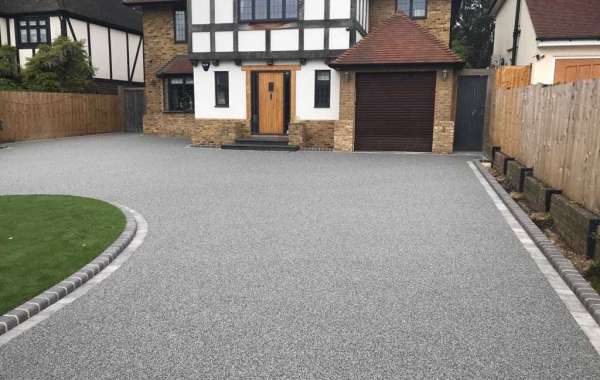In most homes that were built in the UK from around 1920 onwards you will find a cavity wall. This is essentially a small gap between the two layers of brickwork used to build the house. The gap is designed to prevent damp from getting into the walls Home Insulation Grants and prevent damage from exposure to the elements. Whilst the outer layer of bricks may be pounded with rain, the inside layer stays dry. This does work well for that purpose but it brings along another difficulty and that is heat escaping from the home. Unfortunately houses that have this cavity gap without any insulation lose a considerable amount of heat through the walls. If you want to save some money on your energy bills as well as reducing carbon emissions from your home then you need to consider insulation.
The way in which the cavity wall is insulated is by injecting insulation material through small holes created in the external wall of the house. The holes are drilled through the mortar joints particularly as this makes the job easier. Only around 2cm in circumference, the holes are very small and they are closed up again after the insulation has been injected through. A common type of insulation that is used in the UK is mineral wool that consists of fibres made from glass. White foam is also used sometimes too as it is also efficient at insulating a house. It is not a huge job, although the time it takes and of course the cost will depend on the size of the house, the difficulty involved with accessing the building and a host of other factors.
You may be wondering if you have a house with uninsulated cavity walls? The best course of action is to contact a building specialist and see if they will come and provide you with a no obligation quote. They can talk you through the process and explain how it works in more detail. You may be thinking this all sounds like a lot of work, but your fuel bills in winter will be reduced and your bills in summer when you may be using fans or air conditioning. Insulation not only keeps in the heat in the winter, it also keeps out the sun in the summer. The home is one of the biggest offenders of contributing to carbon emissions and global warming. By reducing your fuel consumption in this way, you are helping the environment. If everyone did this the carbon emissions from homes would be greatly reduced.
If you are building a house then you may also be interested in installing cavity closers. These are thermally efficient and make creating doors and windows in new builds a breeze. With a cavity closer you can create robust and precise openings that are fully compliant with building regulations and that slot together to create a rigid bricklaying template for windows and doors. Anyone who is involved in building a home will benefit from cavity closers as they take all the hassle and difficulty of installing openings in the home.
Insulating the home is a very important part of being energy efficient and helping the environment. If you are already in a home you can take steps to make your walls more thermally insulated. This will save you hundreds of pounds each year on fuel bills which in this uncertain world is an excellent idea. If you are building a home then as well as considering insulation in the cavity wall, you will also want to consider using thermally insulated cavity closures as not only do these help insulate the building, they also make fitting doors and windows much easier. You can also use a well designed window board to create a neat finish on your window and provide an additional bit of insulation too.
Chris Coxon writes articles for Cavalok, a leading cavity closer expert in the UK. Cavalok was founded 1999. They are pioneers in the manufacture Home Insulation Grants of frame-forming cavity closures for window and door openings in all types of building. They were the first company to build cavity closures entirely from 100 percent post-consumer PVC-U. Cavalok's sustainable building materials improve the efficiency of construction and thermal performance for openings in a cavity wall. Find out about their window board cavity wall products today.












